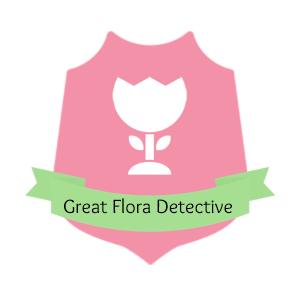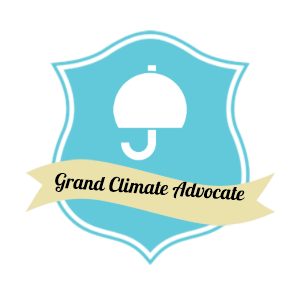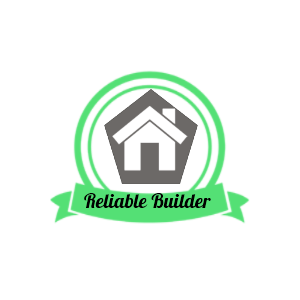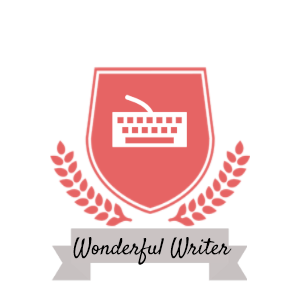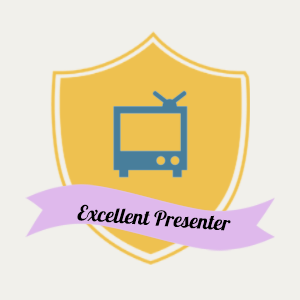Hi there !
This time I am going to show you a
rubric I created, so as to gauge students in my Open Educational Project:
The Weather Forecasters.
What am I assessing ?
First an foremost, let me tell you that I decided to create a rubric concerning the
final outcome of my project, which is a Special Weather Forecast, which you can take a look at,
here.
I decided to focus on the assessment of the final outcome, since it is going to reflect all the contents and skills students are bound to acquire throughout the whole Open Educational Project,
How did I come up with a rubric ?
Once I had a clear idea about the focus of the assessment, I decided to create a scheme, so as to organize the elements to be taken into consideration when deciding the criteria, and have a crystal clear idea of the rubric, as a whole.
As a result, I elaborated the following scheme, by using an online tool called
Digi-Key Scheme it, which is aimed at designing schemes. Once I registered myself, I was able to start introducing schematic symbols and the text.
Sample of the scheme for the rubric
Why did I chose this structure for the scheme?
I decided to include the creation of the comic, since it is going to be the learning mission immediately before the Special Weather Forecast. Consequently, the elaboration of the comic is going to set the basis for the creation of the video. Moreover, the items that are embedded in it are going to be taken into account when making decisions about the ratings of the rubric.
I decided to include the elaboration of the video - since it is the artefact students have to design - alongside the 21st Century Skills, due to the fact that they are essential, particularly when it comes to Project-Based Learning, and they are included in my project.
Before designing the rubric, it was time to bear in mind what it is about.
What elements should a rubric include?
Here you have an
infographic I planned, to illustrate them. In so doing, I used a tool called
Picktochart.
At that moment, it was time to be hands on creating the rubric.
How did I create the rubric?
I used
Quick Rubric in order to create it. I registered myself and I started elaborating it, by adding columms and rows, and editing the criteria, the ratings and the descriptors. Then, I uploaded it at
Issuu.
Sample of the rubric
Rubric for the students
Students will be provided with a rubric, too, since the beginning of their learning missions, so that they will have a better understanding of what the have to do, once they read the instructions of the learning missions. I created it with
Microsoft Word, and uploaded it at
Issuuhttps://issuu.com/lucia2042/docs/finalrubric.
Before starting with the rubric, I browsed several pages concerning tips and examples of what a rubric is about, which are the following ones:
After being investigating, I decided to take a look at the project I looked at in detail to
analyse an Open Educational Project, which you can take a look
here. Due to the fact that it helped me a lot to design my OEP, as well as, the learning missions, I decided to look at the rubrics it provides, as it contains rubrics for both students and teachers. This rubrics either deals with each mission, or with the overall project.
After taking a look at them, I started designing mine. To tell you the truth, I tought it would be easier, since I had a general idea of what my rubric would contain. Nevertheless, it was a demanding process, after knowing all the essential elements it should contain, as well as its features. I was thinking long and hard, and after creating the scheme showed before, I started introducing the criteria, and the descriptors. Concerning the descriptors, I had to make some changes, since I wanted them to be gradual and really illustrate improvement.
Furthermore, I created a rubric for students to assess themselves, too, since I am of the opinion that it is something students have to be accustomed to, so as to be more critical, reflect about their learning, and notice the learning, too. Consequently, they will also train their higher-order thinking skills.
All in all, I have to say that I am of the opinion that planning a rubric needs time, and we have to pay attention to the assessment. It is something that cannot be done in the blink of an eye. Besides, it needs practise, so from my point of view, you actually need to put the rubric intro practise and monitor it, so as to see if it is really manageable and accurate, in oder to enhance it. I will definitely take into account the essential elements of a rubric, since a great deal of times, we tend to add lots of items, and we do not focus on the main criteria. So, if we add fewer elements and explain them clearly, we will not have any problem when assessing our students.
In addition, nowadays, there are scores of online tools to design our rubrics, and for example, the one I used was easy to manage.
See you later, collaborator !





